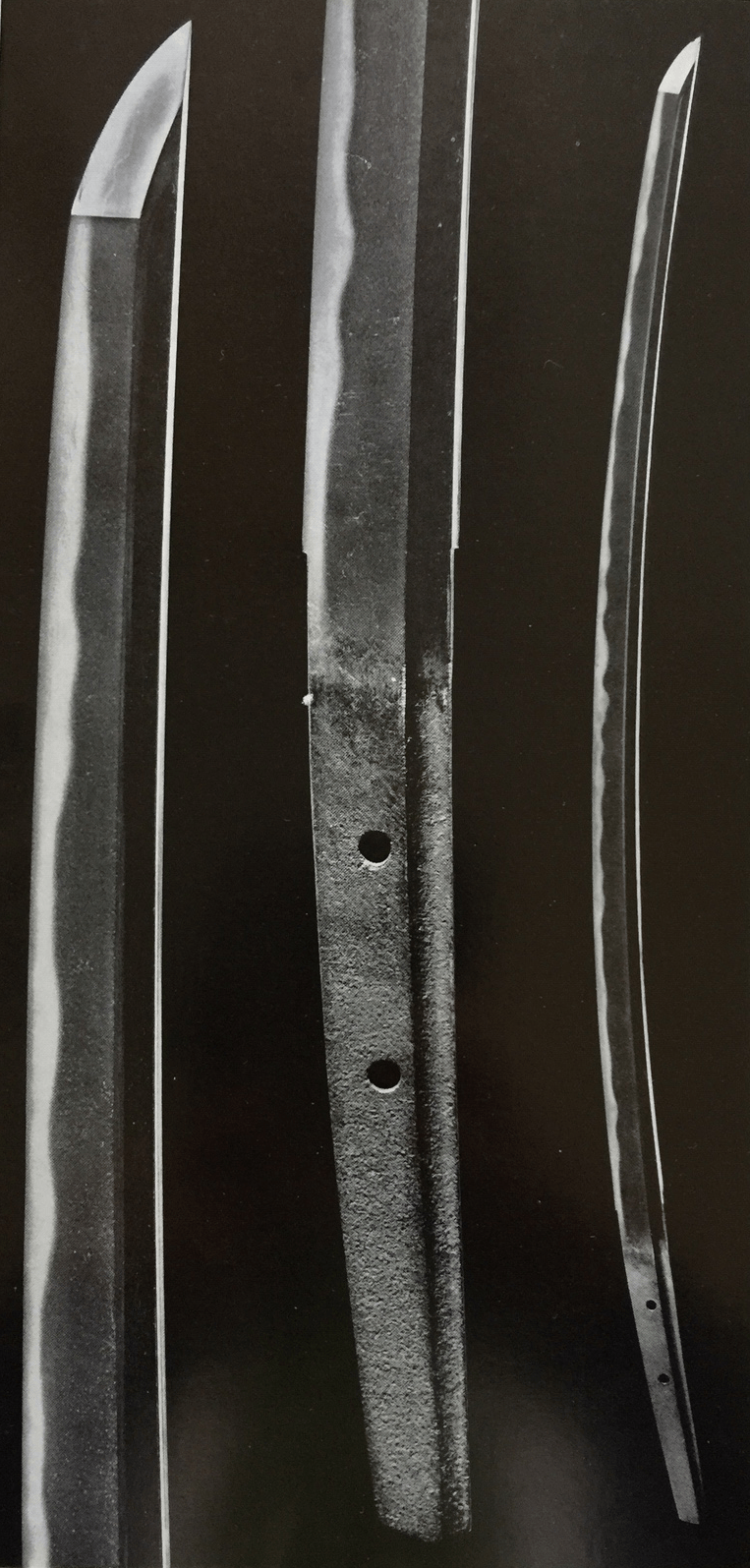
The red circle above indicates the time we discuss in this section.
After Jokyu-no-Ran (Chapter 10 Jokyu-no-Ran), the power of the Imperial Court declined significantly. The successor, the Hojo clan with a dominant power during the Kamakura period, also began to have financial difficulty and started to lose control over the regional lords. One of the reasons was the cost incurred by the Mongol invasion. The Kamakura Bakufu (government) could not reward well to the Samurai who worked hard during the war. As a result, they were very dissatisfied with the Bakufu. Seeing this as a chance, Emperor Go-Daigo attempted to attack the Kamakura Bakufu two times but failed both times. He was exiled to Oki island. Meantime, Ashikaga Takauji (足利尊氏) and several groups of anti-Kamakura Samurai gathered arm forces and succeeded in destroying the Kamakura Bakufu (1333). This war ended the Kamakura period.
Emperor Go-daigo, who had been exiled to Oki island, returned to Kyoto and attempted political reforms. This reform was called Kenmu-no-Chuko (or Kenmu-no-Shinsei, 建武の中興). His reform, however, failed to satisfy most of the ruling class. Taking advantage of this situation, Ashikaga Takauji attacked the Imperial Court in Kyoto, deposed Emperor Go-daigo, and placed a member from the other branch of the Imperial family on the throne.
Emperor Go-daigo, however, insisted upon his legitimacy, moved to Yoshino in the South of Kyoto, and established another Imperial court. Thus began the Northern and the Southern Dynasties. With much strife between these rival courts and their problems within each court, more Samurai groups began moving to the Northern Dynasty. About 60 years later, the Southern Dynasty was compelled to accept the Northern Dynasty’s proposal. Consequently, the Northern Dynasty became the legitimate imperial court. These 60 years are called Nanboku-cho or Yoshino-cho period.
During the Nanboku-cho period, Samurai demanded larger and showy yet practical swords. Soshu Den was the height of its prominence. However, the Soshu group was not the only group that made the Soshu Den style swords. Other schools and provinces of the different areas also made Soshu Den style swords.
Late Kamakura Period Swordsmiths (Early Soshu-Den time)
- Tosaburo Yukimitsu (藤三郎行光)
- Goro Nyudo Masamune (五郎入道正宗)
- Hikoshiro Sadamune (彦四郎貞宗)

 Masamune from Sano Museum Catalog (permission granted)
Masamune from Sano Museum Catalog (permission granted)
Nanboku-cho Period Swordsmiths (Middle Soshu-Den time)
- Hiromitsu (広光)
- Akihiro (秋広)

 Hiromitsu from Sano Museum Catalog (permission granted)
Hiromitsu from Sano Museum Catalog (permission granted)
Muromachi Period Swordsmiths (Late Soshu-Den time)
- Hiromasa (広正)
- Masahiro (正広)
This is a wonderful resource you have created! It makes Japanese sword history a little easier to understand. The clarity and simplicity with which you present the complex subject is most helpful. Thank you for this effort!
LikeLike